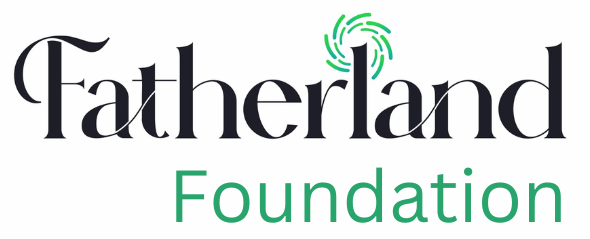Food Insecurity in Africa in Terms of Causes, Effects and Solutions: A Case Study of Nigeria.
Abstract
The aim of this paper is to examine the increasing food insecurity in Nigeria and the implications on the stability of the country in particular and Africa in general. This study tries to x-ray the food insecurity in Nigeria and Africa in general. This is important in order to alert the stakeholders in the agricultural sector on the implications of the rising food insecurity in the country in recent years. In the course of the study, secondar data sourced from the Food and Agricultural Organization (FAO) of the United Nations was used by examining the trend of food insecurity from 1990 to 2014.
The findings of this study indicate that key food security indicators used for the study such as prevalence of
undernourishment, food inadequacy and numbers of undernourished people are on the increase in Nigeria from the year 2009 to 2014 according to the latest survey. The implication of this is that if the trend is not halted as quickly as possible it is a time bomb that may pose grave security risks and danger to the country and African sub-region as a whole being the most populous black nation. In order to prevent this, the immediate causes of the rising food insecurity as pointed out in the study must be identified while appropriate measures such as consistent policy framework for agriculture, provision of infrastructures, population control through birth control, provision of storage facilities and abolition of trade barriers among others are suggested to solve the food security challenges in Nigeria and by extension other African countries.
Keywords: Food Insecurity, Prevalence of undernourishment, Africa, Nigeria.
1.0 Introduction
Food is one of the most important items in the world as it is critical to human survival together with clothing and shelter. These three items are usually classified as the man’s basic needs. Food security in Africa has come
under extremely threats due to some factors some of which are natural while some are artificial depending on
the circumstances and the countries involved. A food-secure world is one where all people have access to safe, nutritious and affordable food that provides the foundation for active and healthy lives.
1.1 Food Security
The FAO defines food security as: “When all people, at all times, have physical, social and economic access to
sufficient, safe and nutritious food that meets their dietary needs and food preferences for an active and healthy life.” Nearly one billion people are undernourished, hungry and living without adequate daily calories (PAI,2015).
Food security affects more than human health and welfare – it also contributes to economic and political
stability as it is often noticed that most countries of the world where there is political instability are always
associated with food insecure territories, the food insecurity in such countries might have been as a result of
political instability or the political instability was as a result of food insecurity. One often led to the other but they go hand in hand in the affected areas. Food security has three aspects; food availability, food access and
food adequacy.
1.2 Food Insecurity
Food insecurity exists when people lack sustainable physical or economic access to enough safe, nutritious, and socially acceptable food for a healthy and productive life. Food insecurity may be chronic, seasonal, or
temporary. Food insecurity and malnutrition result in catastrophic amounts of human suffering. The World
Health Organization estimates that approximately 60 percent of all childhood deaths in the developing world are associated with chronic hunger and malnutrition. In developing countries, persistent malnutrition leaves children weak, vulnerable, and less able to fight such common childhood illnesses as diarrhea, acute respiratory infections, malaria, and measles.
The United Nations estimates that about 805 million people – approximately one in eight – are undernourished
as of 2014. The majority of these people live in developing countries, where more than 14 percent of the people are unable to meet their dietary energy requirements. Progress has been made in southern Asia, northern Africa and most countries of eastern and southeastern Asia, as well as in Latin America. Feeding this growing global population in the years to come will require producing more food and distributing it in a manner that reaches more people (Cargill, 2014). The root cause of food insecurity in developing countries is the inability of people to gain access to food due to poverty. While the rest of the world has made significant progress towards poverty alleviation, Africa, in particular Sub-Saharan Africa continues to lag behind. Projections show that there will be an increase in this tendency unless preventive measures are taken. Food security on the continent has worsened since 1970 and the proportion of the malnourished population has remained within the 33 to 35 percent range in Sub-Saharan Africa. The prevalence of malnutrition within the continent varies by region. It is lowest in Northern Africa with 4 percent and highest in Central Africa with 40 percent. (Angela, 2006).
1.3 Categories of Food Insecurity
There are three main categories of food insecurity as classified by the Food and Agricultural Organization
(FAO) of the United Nations.






